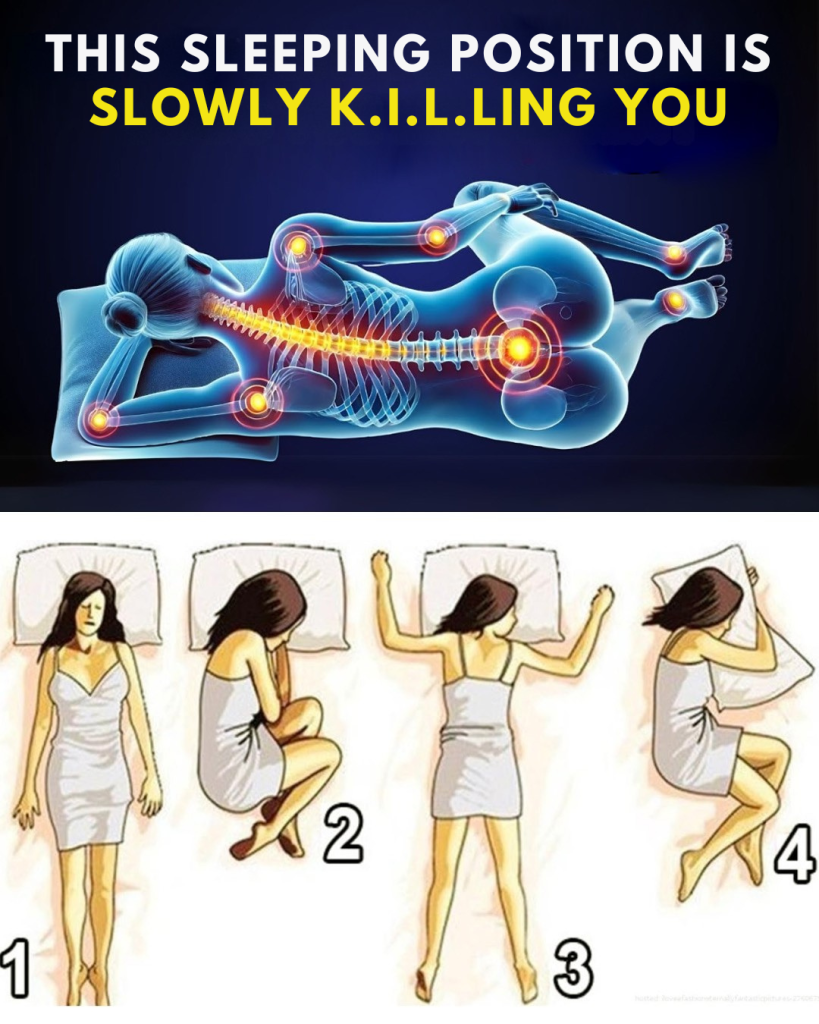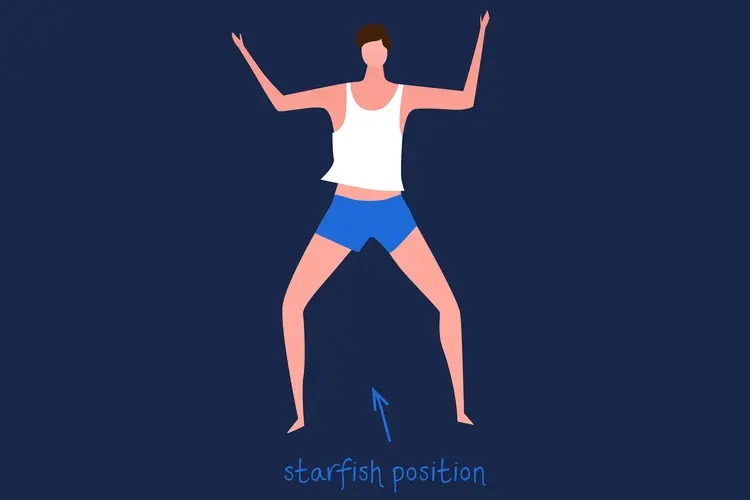
We often talk about how much sleep we need—but rarely do we consider how we sleep. Yet the way you position your body overnight can significantly impact your health. While some sleep postures encourage proper breathing and spinal alignment, others can quietly sabotage your posture, digestion, and circulation over time.
So… are you sleeping right?
Sleeping on Your Stomach: Why It Might Be Harming You

If you’re someone who sleeps face down, you may want to reconsider. Though it may feel cozy, sleep experts frequently caution against this habit.
Here’s what stomach sleeping can do to your body:
- Twisting your neck to one side for hours can create tension and stiffness
- It throws your spine out of alignment, leading to back discomfort
- Your chest and lungs may be compressed, making breathing shallower
- Facial pressure increases, which might encourage premature wrinkles
- Blood flow can be restricted, causing numbness or tingling
If you often wake up sore, tired, or achy—even with a good mattress—your sleeping posture could be to blame.
Healthier Sleep Positions That Support Your Body
Luckily, there are sleep positions that work with your body, not against it. Here are three of the most supportive:
1. Sleeping on Your Back – The “Starfish” Pose

Lying flat on your back with your limbs relaxed helps:
- Keep your spine aligned naturally
- Relax your muscles
- Encourage fuller, deeper breathing
- Reduce pressure on your internal organs
This position is often favored by physiotherapists and osteopaths as one of the best for physical recovery.
2. Sleeping on Your Left Side – A Boost for Digestion

Choosing your left side to sleep on has some unique benefits:
- It helps food travel through your digestive tract and eases acid reflux
- Supports better blood return to the heart
- Especially recommended during pregnancy
- Often brings relief to those with digestive discomfort
If you have a sensitive stomach or tend to sleep restlessly, this might be the ideal posture for you.
3. Sleeping on Your Right Side – Comfortable, but Not Perfect

This is one of the most common positions, and while generally comfortable, it comes with a few drawbacks:
- It may worsen acid reflux symptoms for some people
- It’s less efficient for lymphatic system drainage
Still, if this position feels best to you, it can be perfectly fine—as long as your pillow and mattress provide proper neck and back support.
What Your Sleeping Style Might Say About You
- Left side: Calm, balanced individuals, often in their mid-40s to 50s
- Right side: Energetic people—frequent coffee drinkers!
- On the stomach: Often linked to stress-prone or anxious temperaments
- On the back (starfish): Independent thinkers and early risers
While not scientific, these patterns can be fun to explore—and surprisingly reflective.
Tips to Transition to a Healthier Sleeping Position
If you’re looking to change your sleep posture, keep in mind: it’s a habit, and habits take time. Here’s how to ease into better alignment:
- Try an ergonomic pillow that supports your neck’s natural curve
- Choose a medium-firm mattress for balanced support
- If you sleep on your side, placing a pillow between your knees can help your hips stay aligned
- If you’re moving away from stomach sleeping, hugging a body pillow or using a bolster can train your body to stay on its side